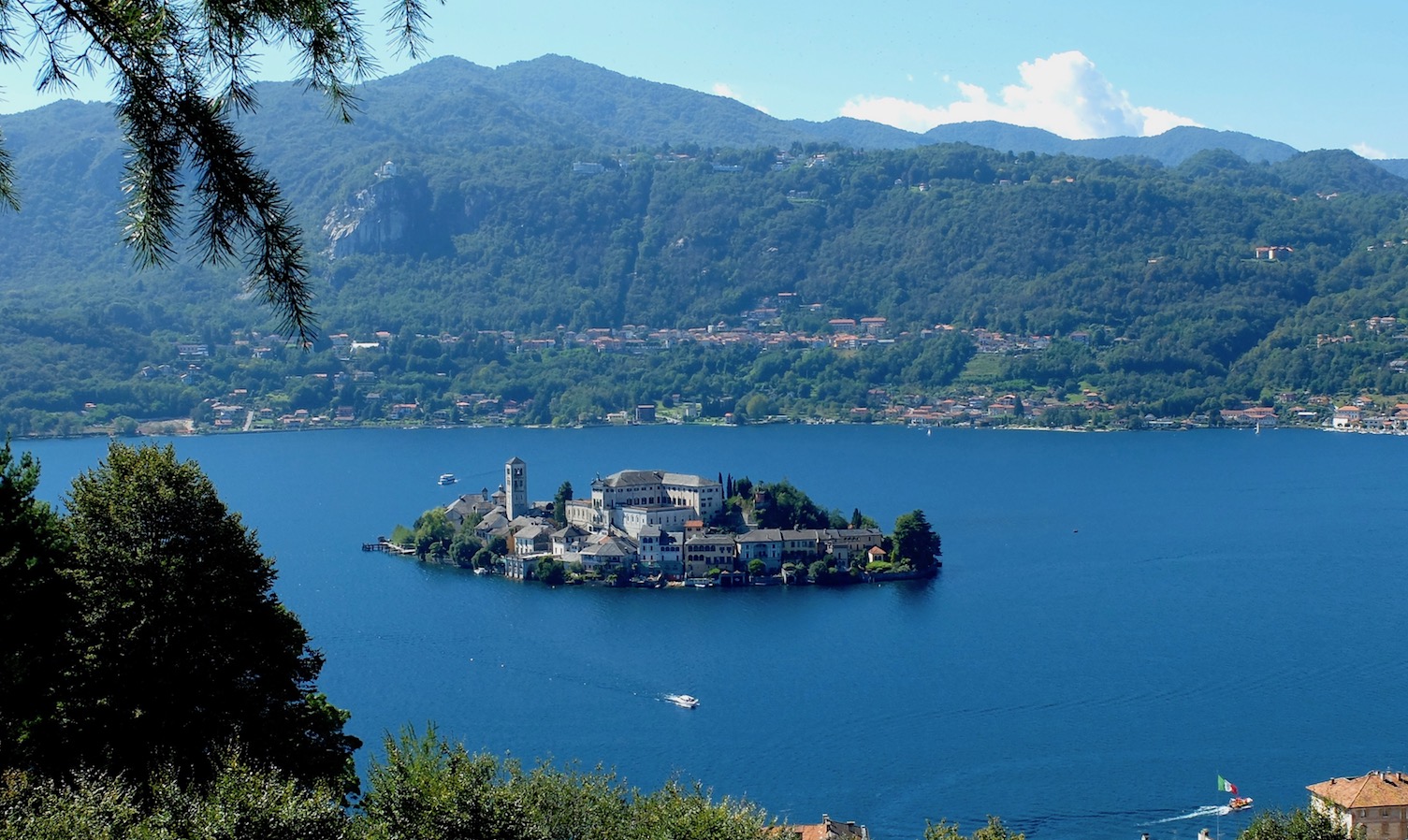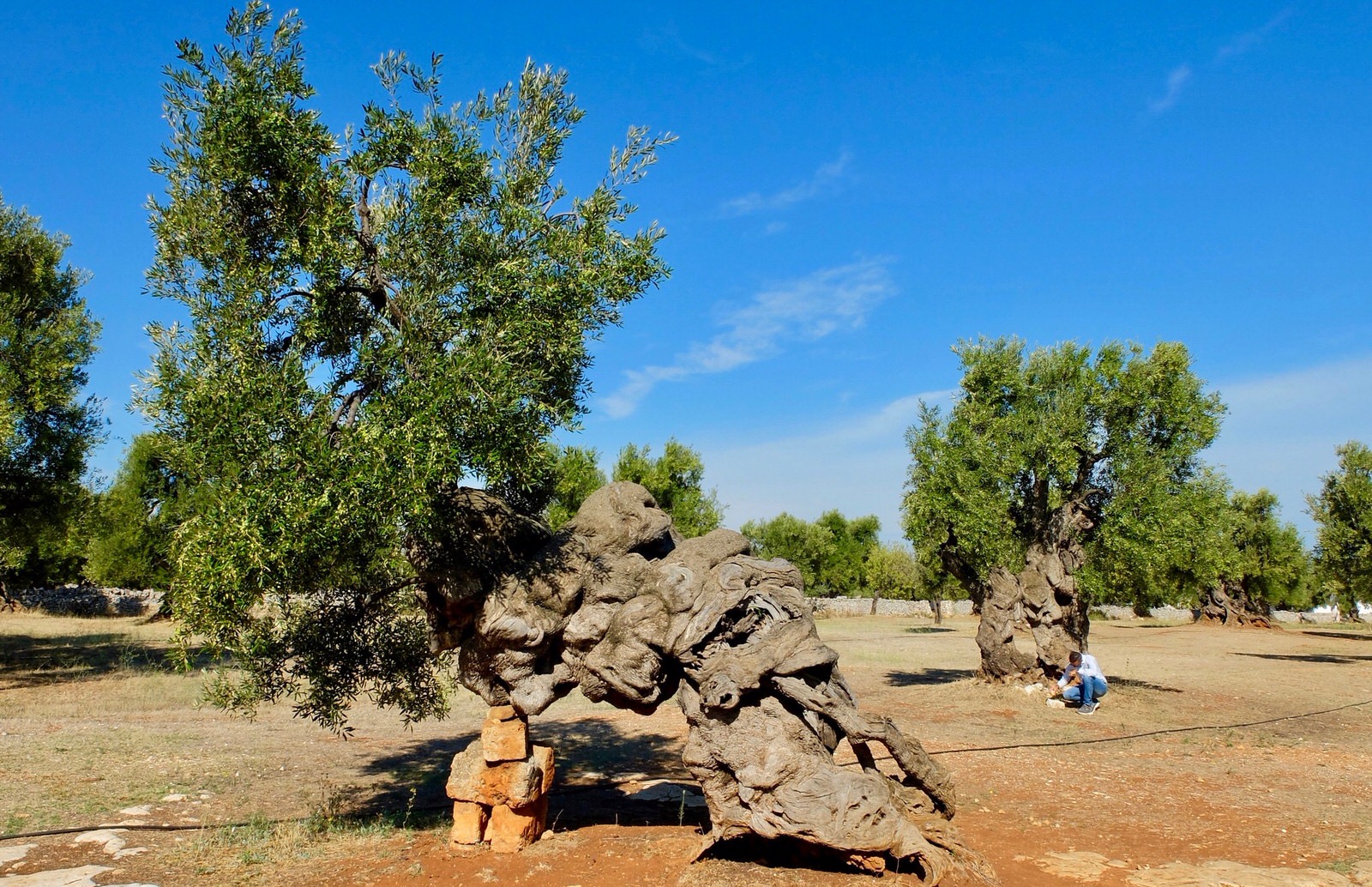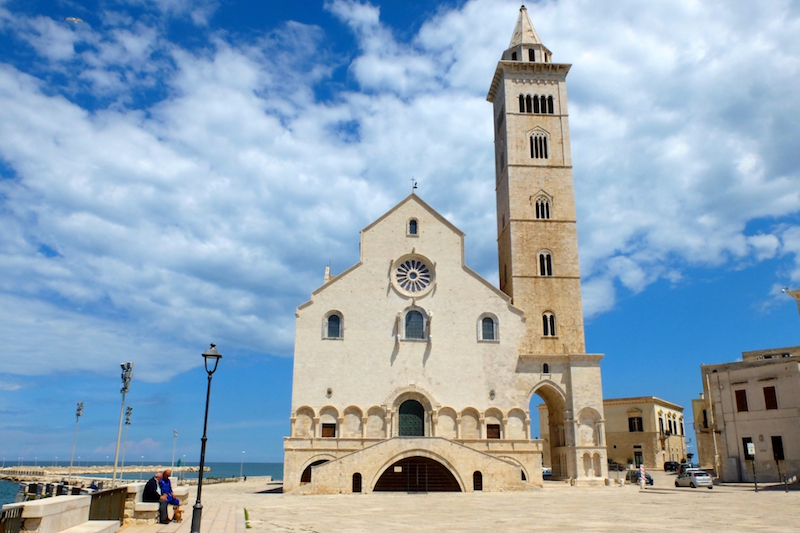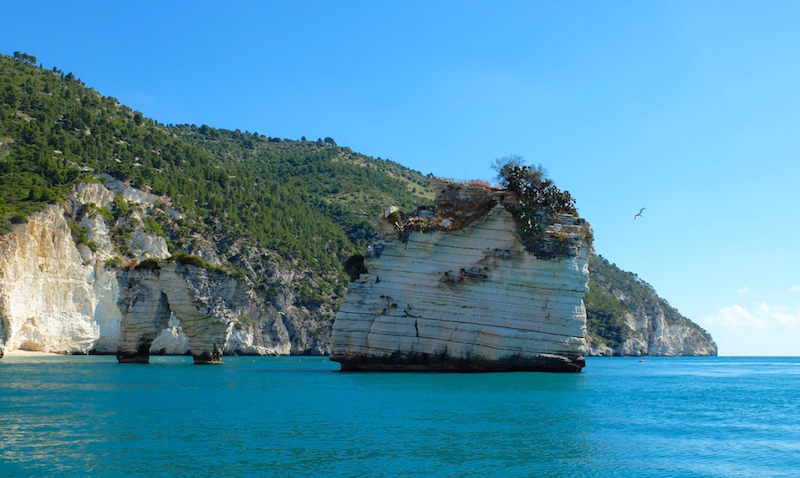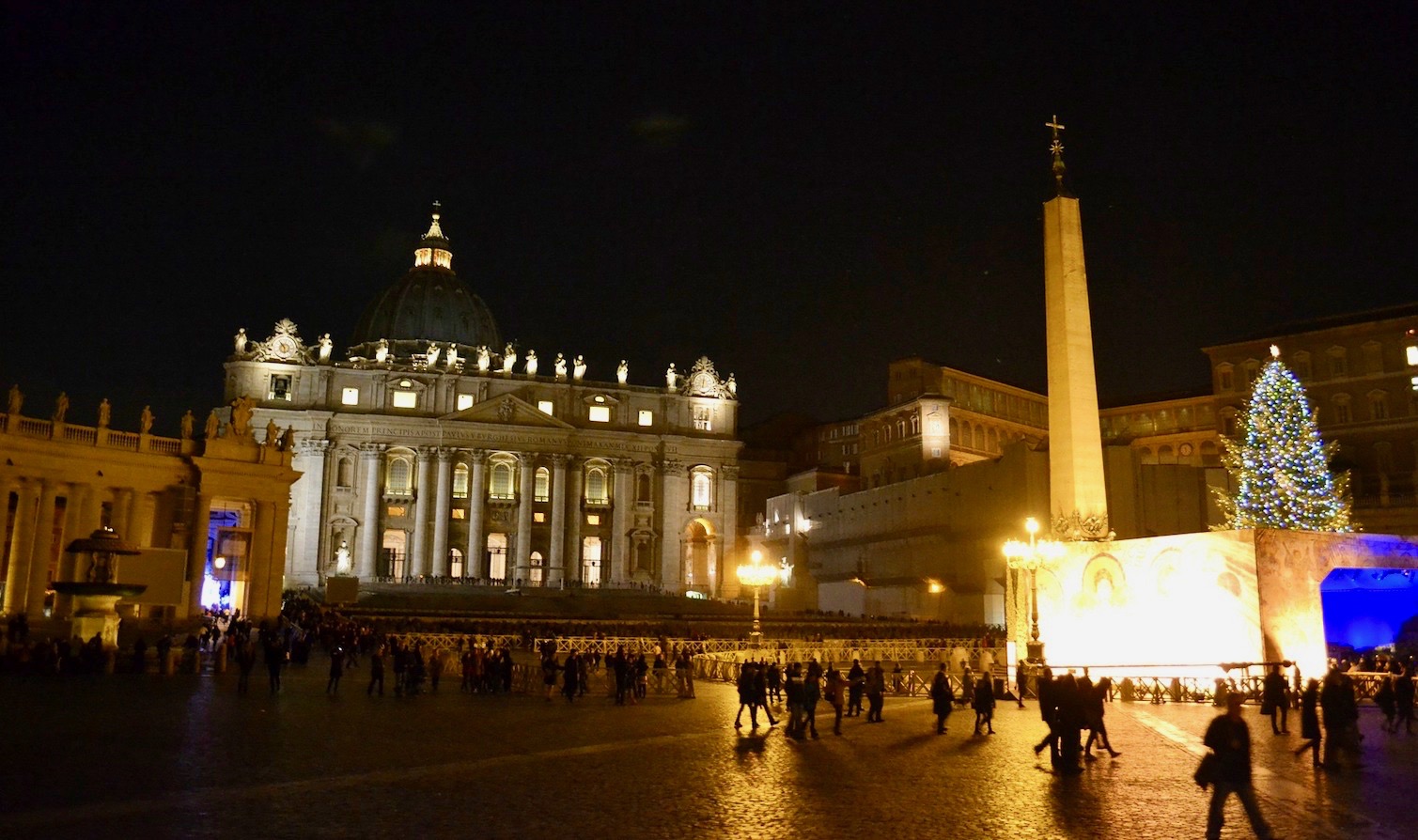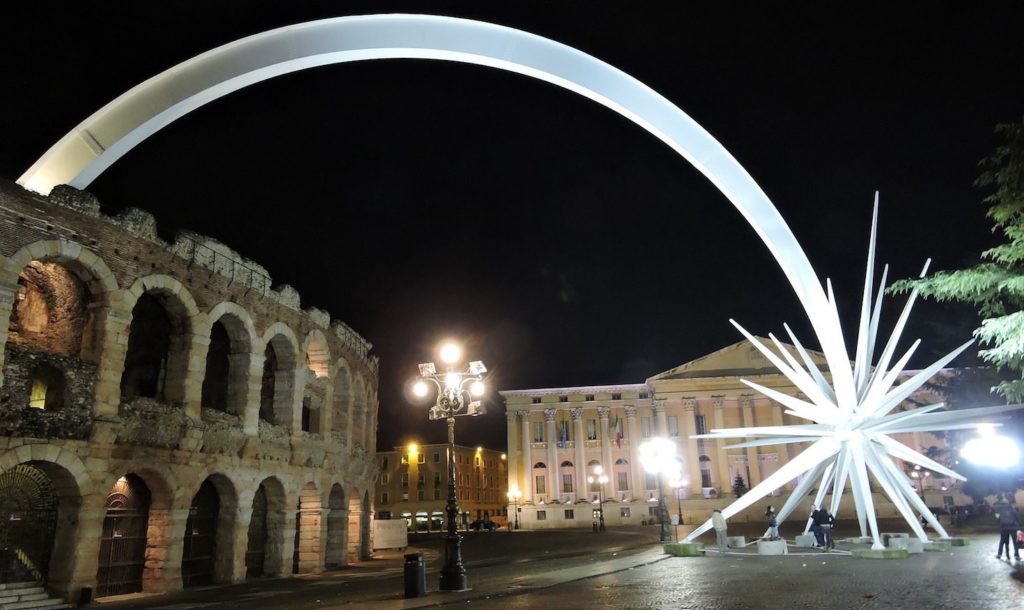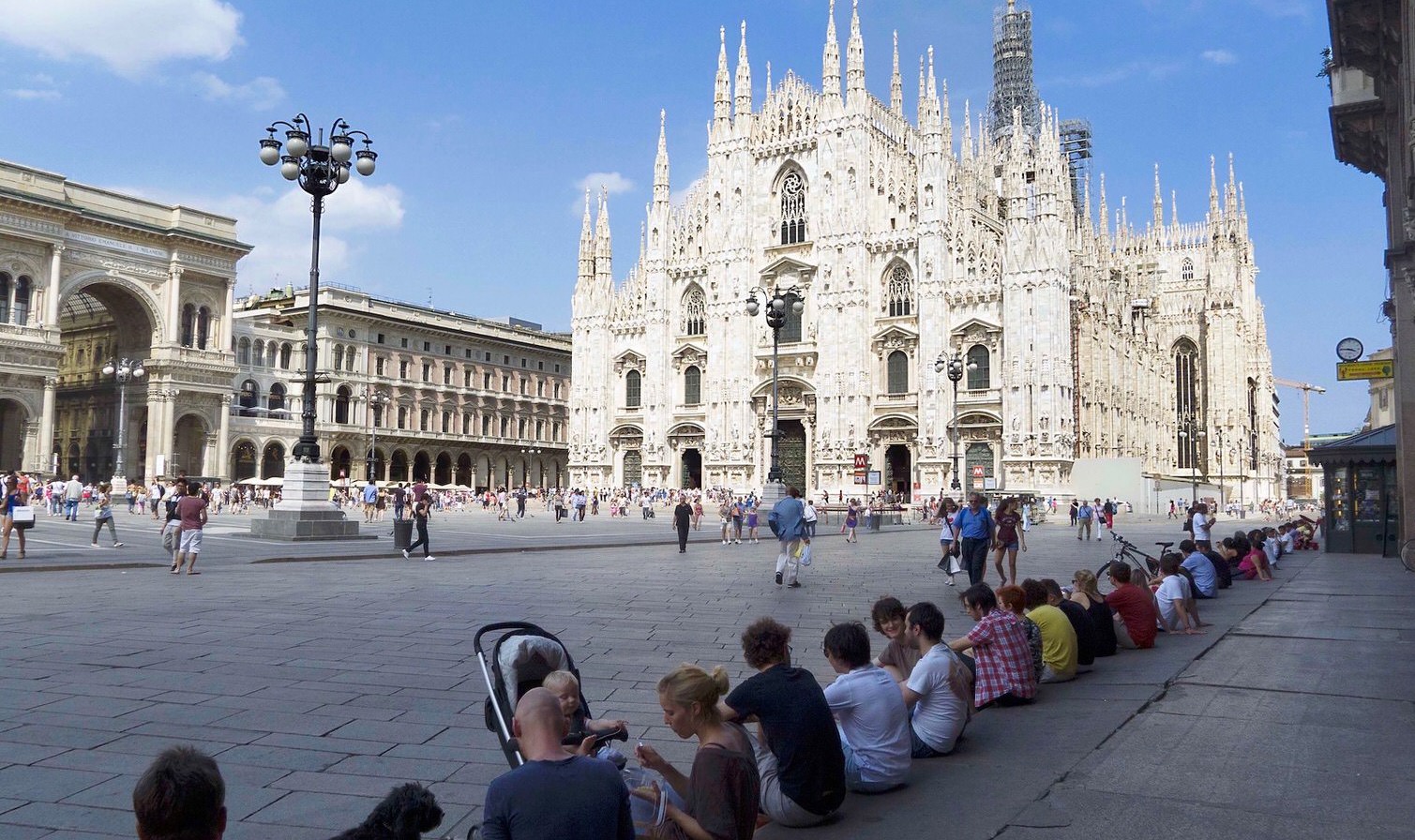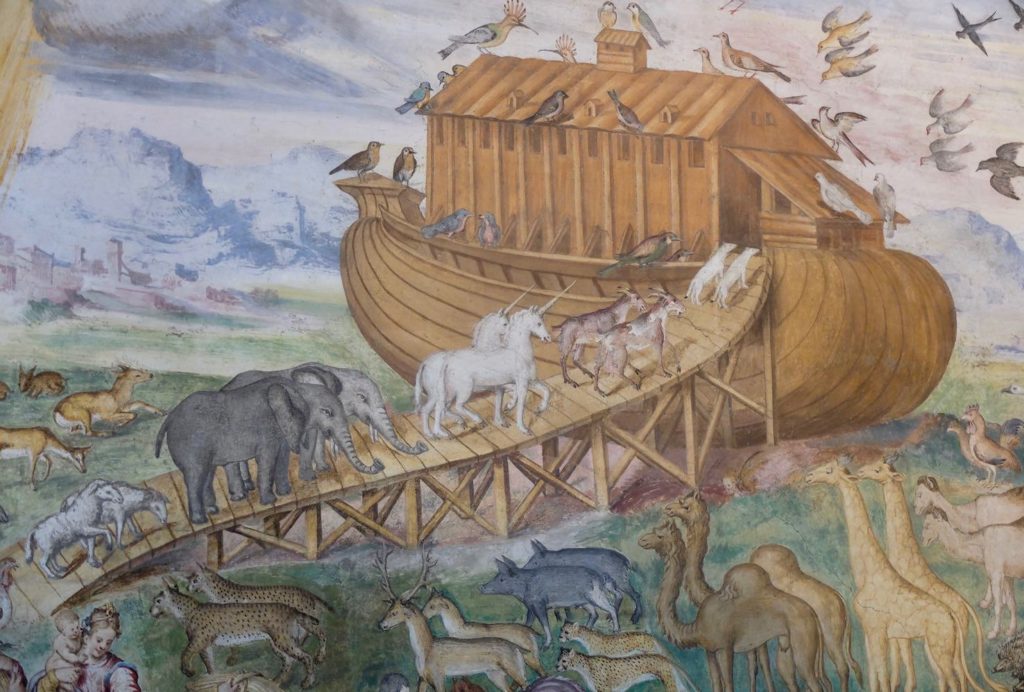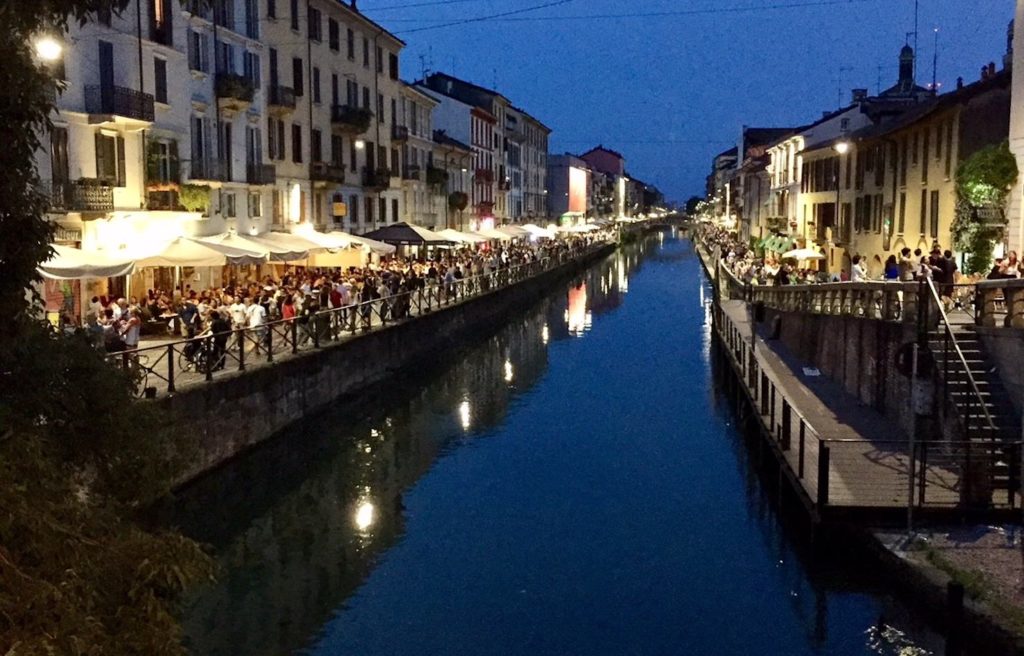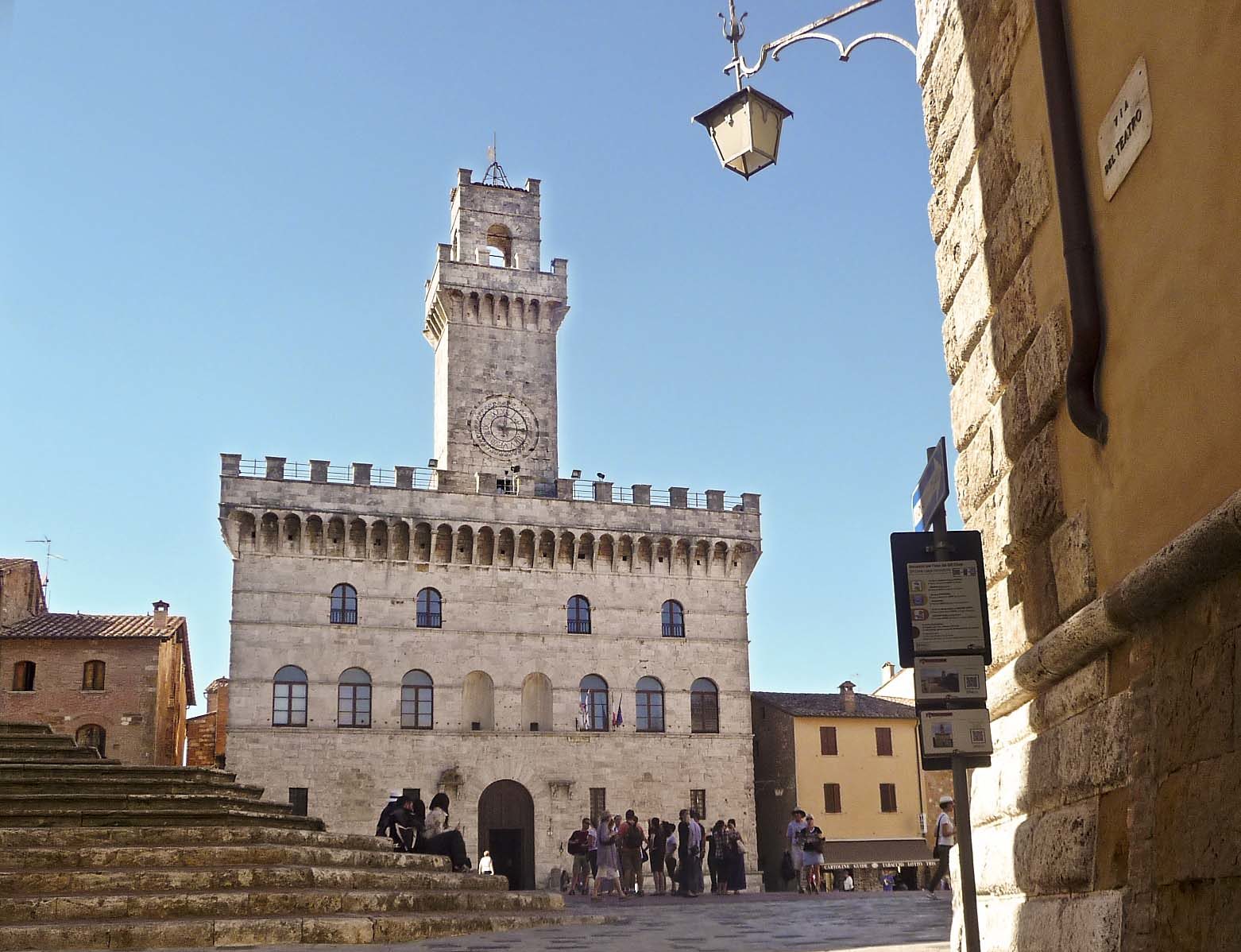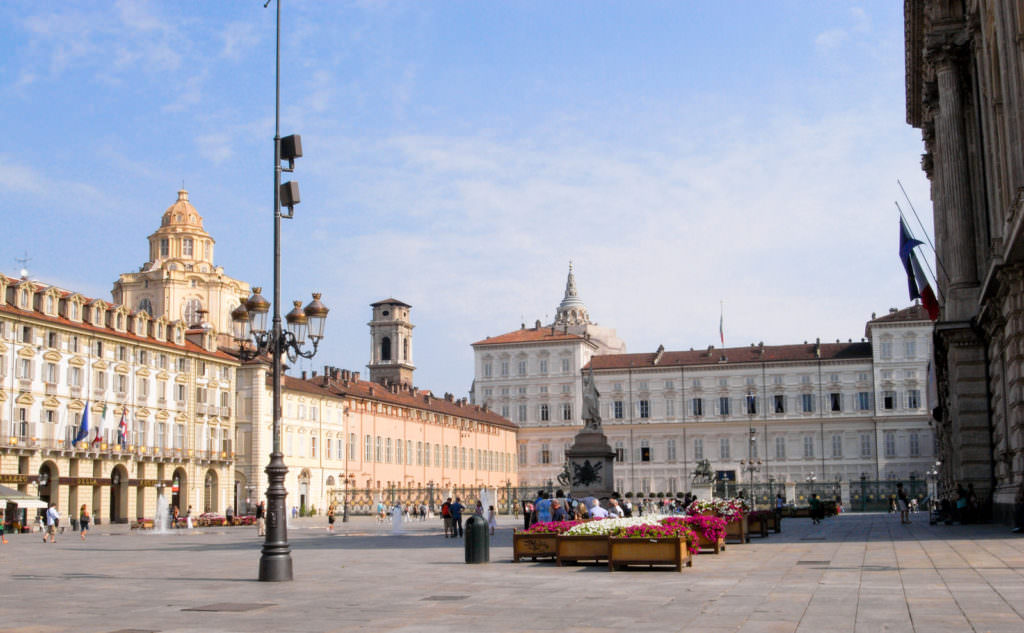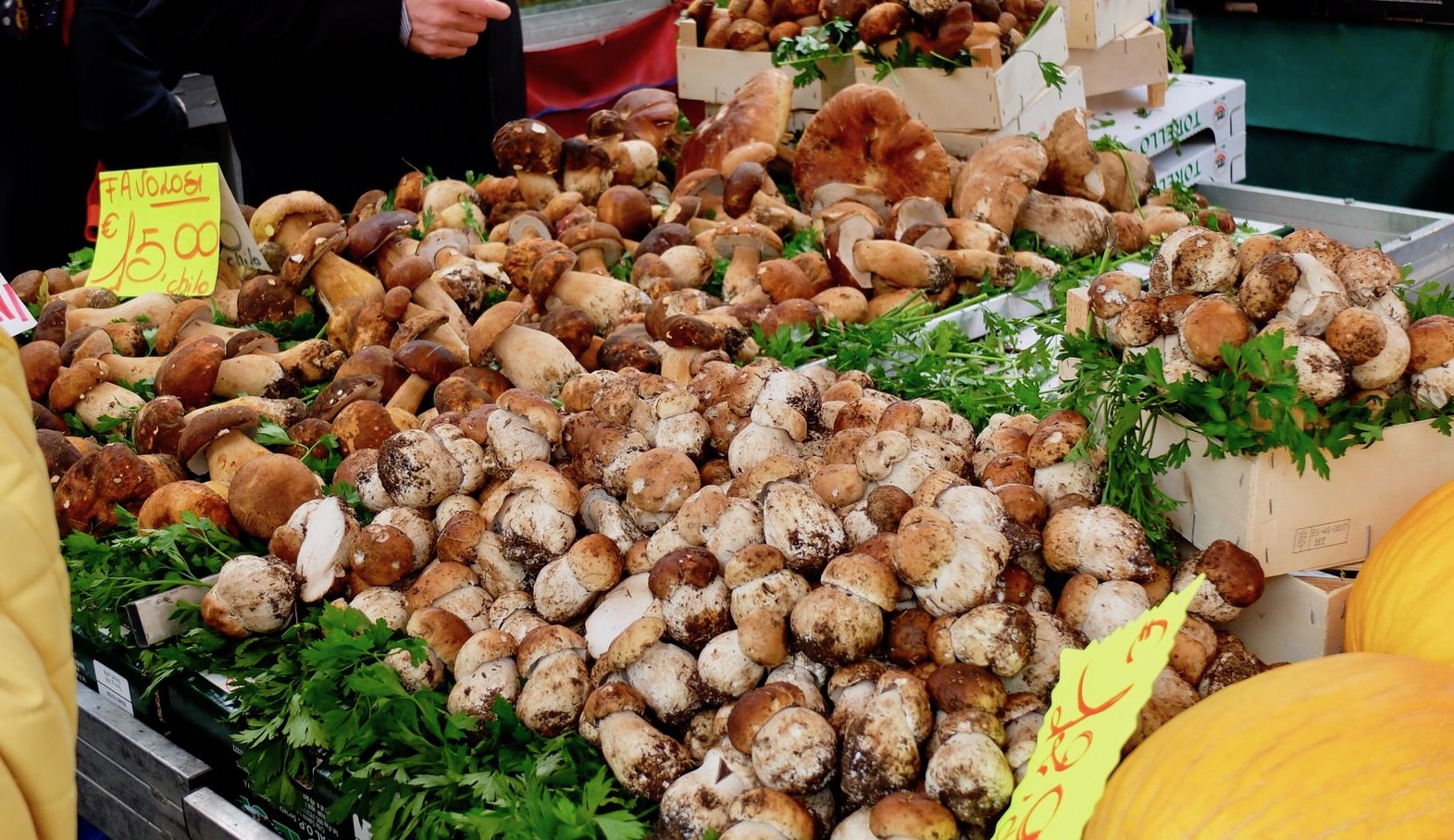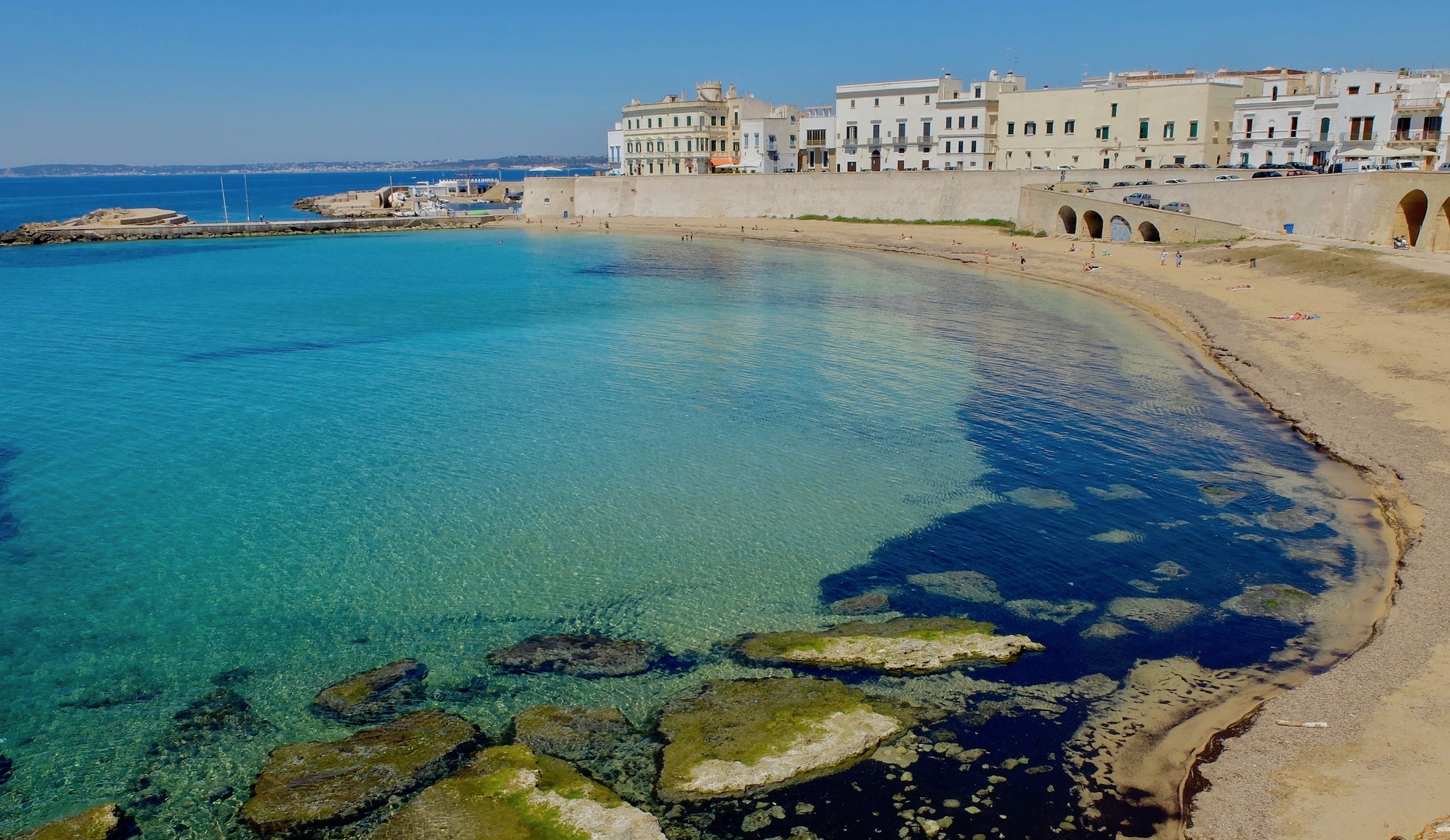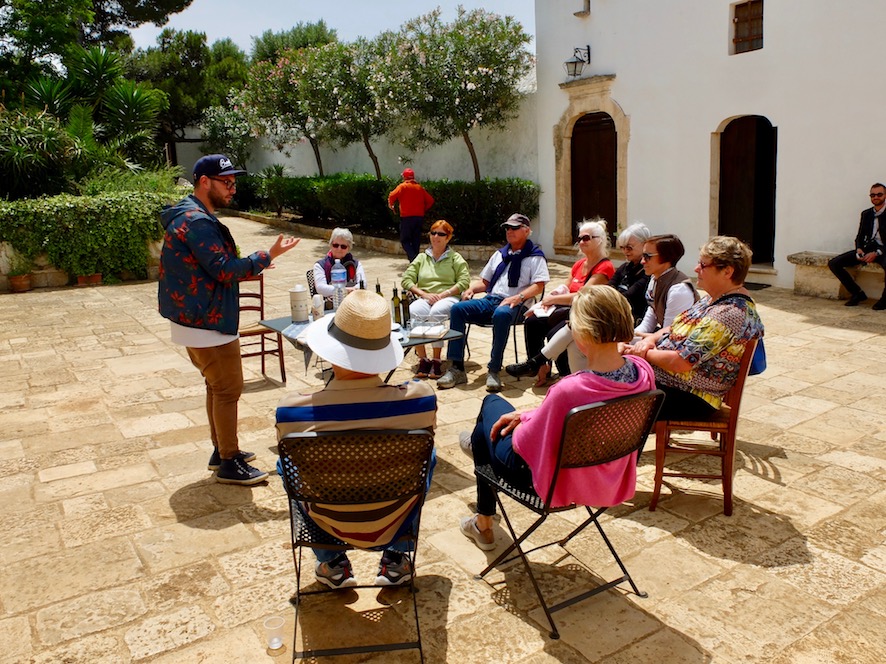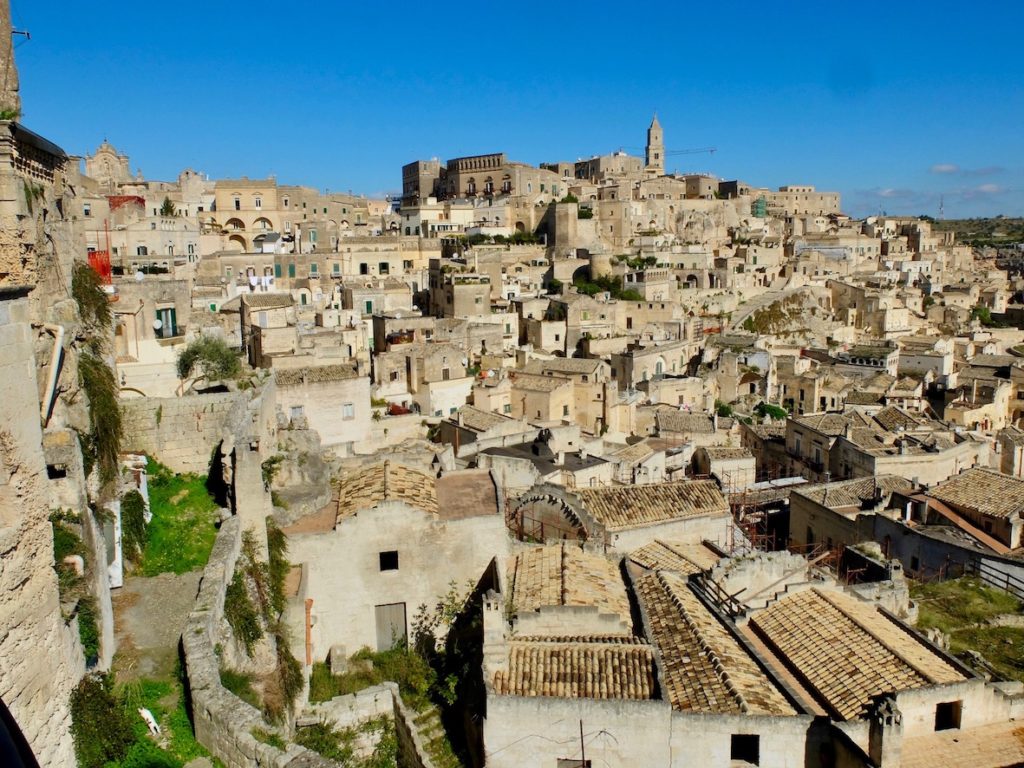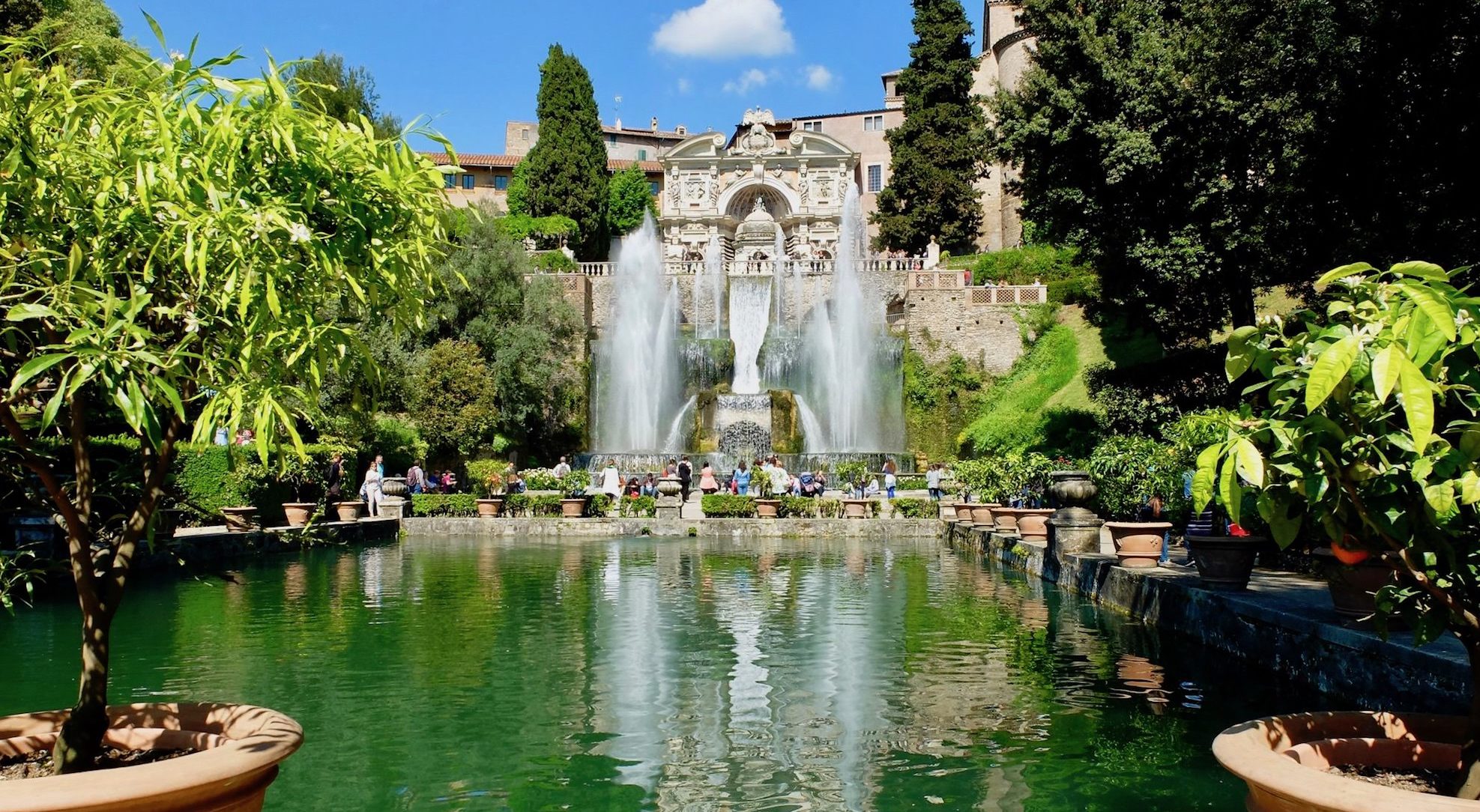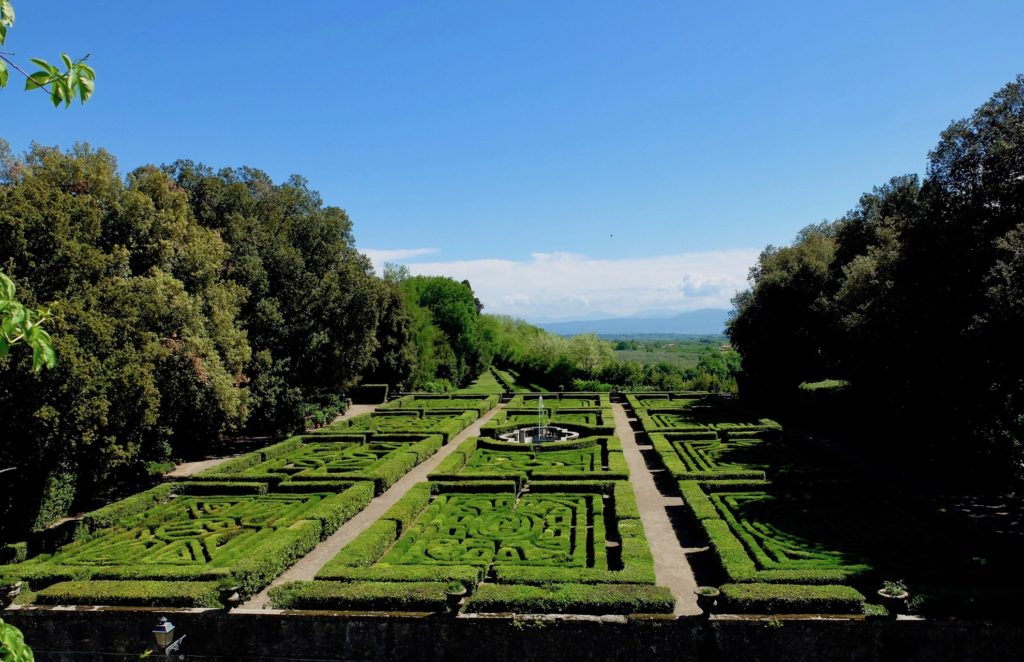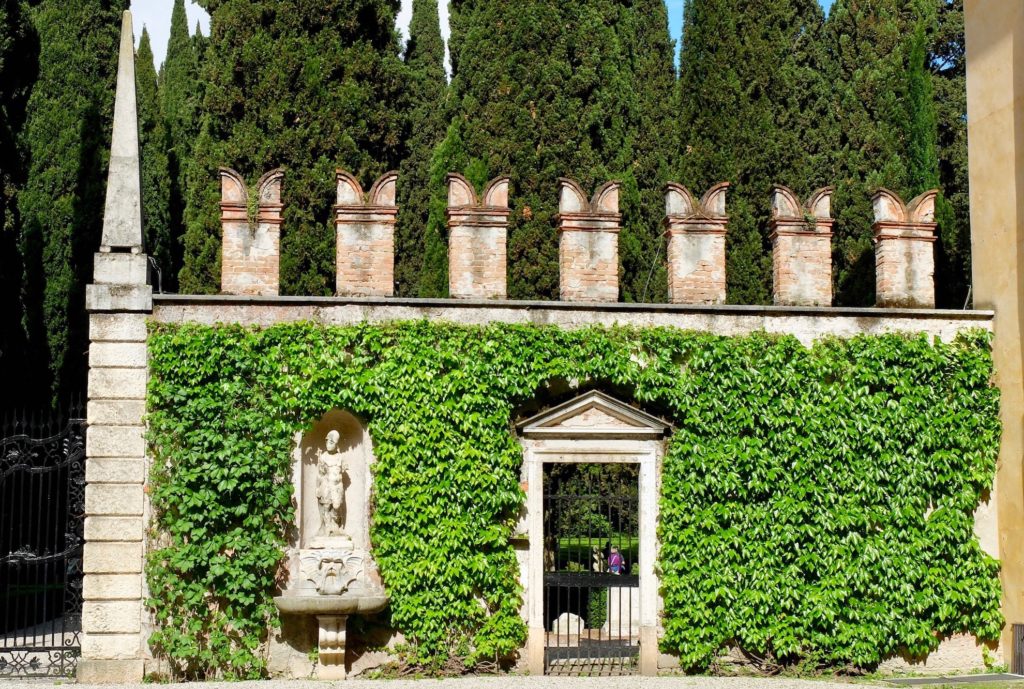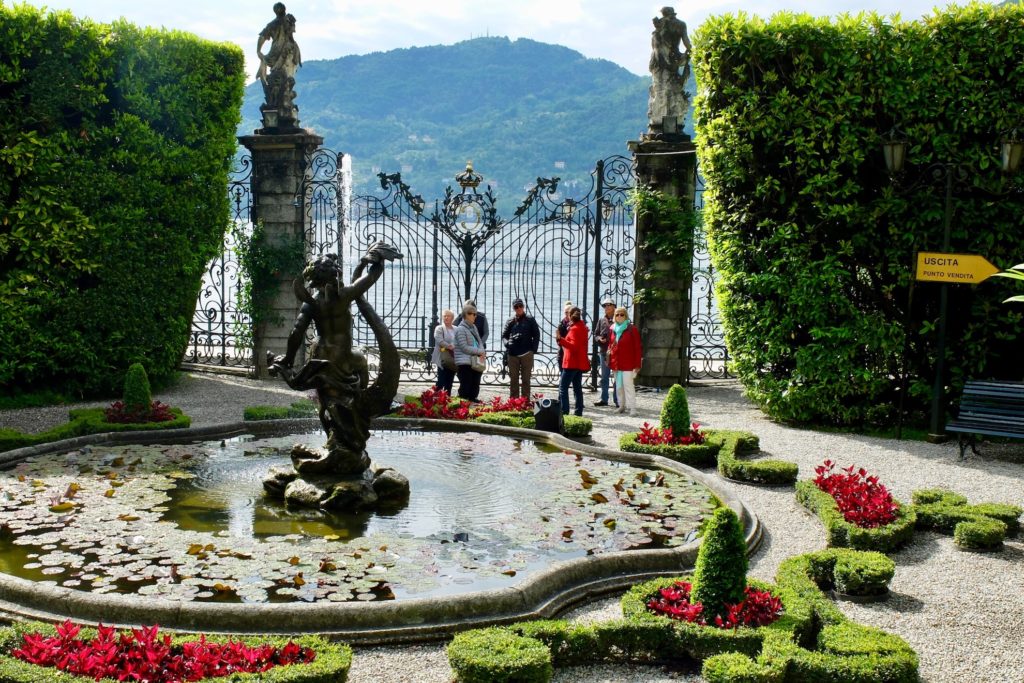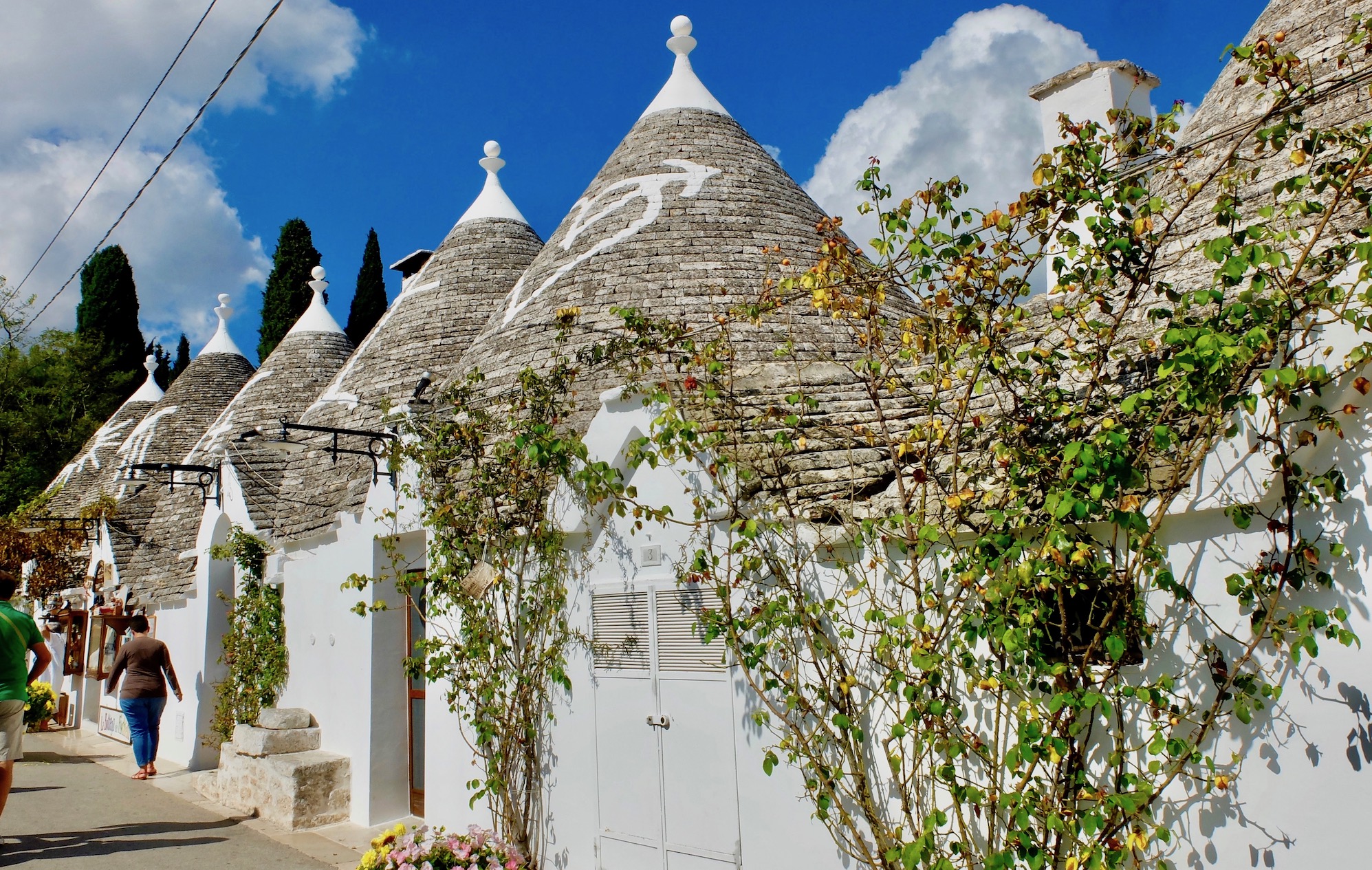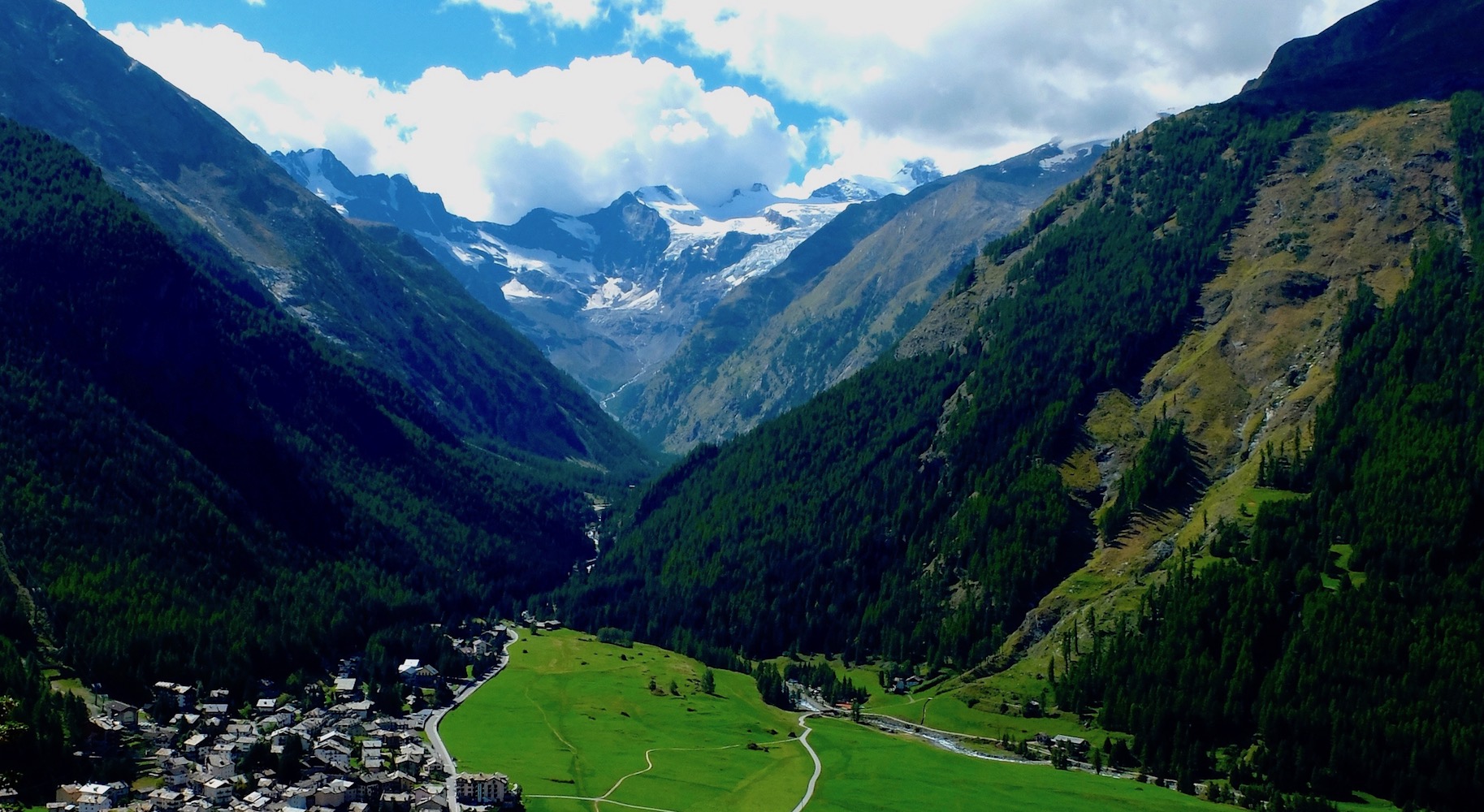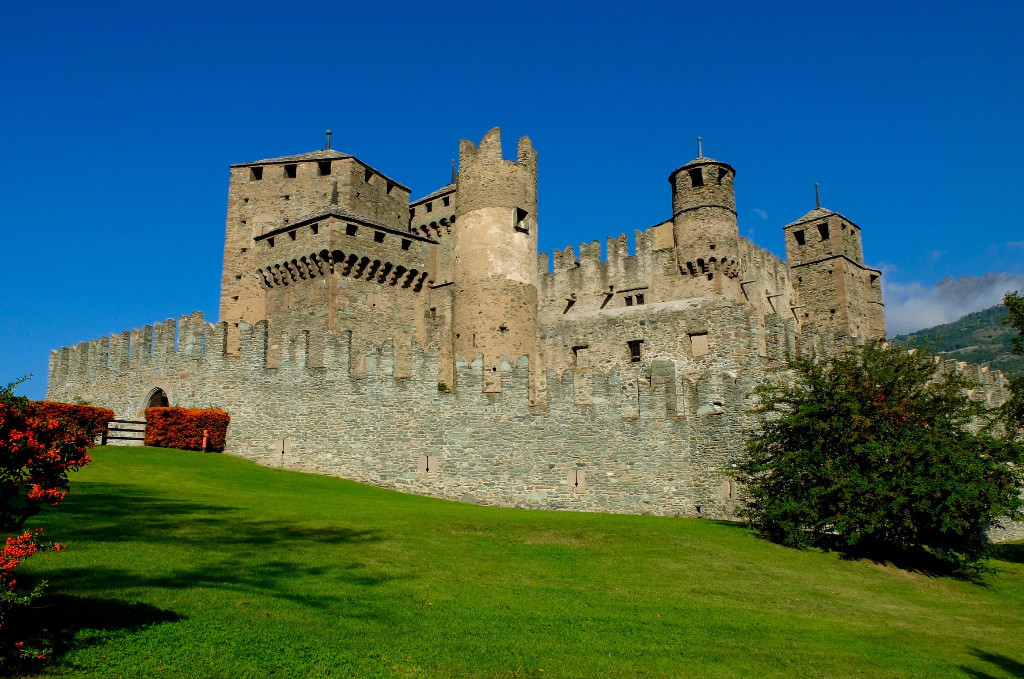27 Feb A POSTCARD FROM LAGO D’ORTA
The Lago d’Orta or Lake Orta is one of the relatively undiscovered gems of the Italian Lakes district, a smaller lake, not too distant from Lake Maggiore. It is quaint and extremely picturesque especially on its southern side.
The small town of Orta San Giulio is undoubtedly the pearl of the lake. The town spills down the hillside to the lake shore, overlooking the water and the romantic island of San Guilio below. Visitors can while away lazy afternoons exploring the narrow streets with their quaint houses and baroque palaces, sipping coffee in the piazza on the water’s edge in front of the Island of San Giulio or wandering along the lakeshore.
The island of San Giulio reputedly has mystical properties. It is no wonder therefore that it was the site of an early Christian community fighting against paganism in the area. The first known structure dates to the end of the 300s. Legend has it that the proselytising Saint Giulio defeated a dragon on the Island and then built the first basilica with the help of wolves. On that site today stands the 11th century Basilica of Saint Giulio, one of the most significant examples of Romanesque architecture in Piedmont, and seminary, now a Benedictine monastery, which towers over the rest of the island. The Basilica is an impressive, solid structure. It has some interesting frescoes, some from the 1350s, others from the early 1500s. Its most impressive possession, though, is the 12th century pulpit in black marble. The Romanesque bas-reliefs are exquisite, one portraying either William of Volpiano or Saint Giulio. William of Volpiano was a Benedictine reformer, born on the island and renowned for being the architect of the Abbeys of Mont Saint-Michel, of Saint-Germain-des-Prés in Paris and of Fécamp in Normandy.
A ferry service takes visitors out to the island where they can explore the churches and enjoy the peace and atmosphere of this enchanting place.
If you’re feeling energetic, take a walk up the hill behind Orta San Giulio to the Sacro Monte di Orta, a devotional complex of 20 chapels built between the 16th and 18th Centuries. The chapels are interesting, but the views out over the Lago d’Orta and the Isola San Giulio are breathtaking.
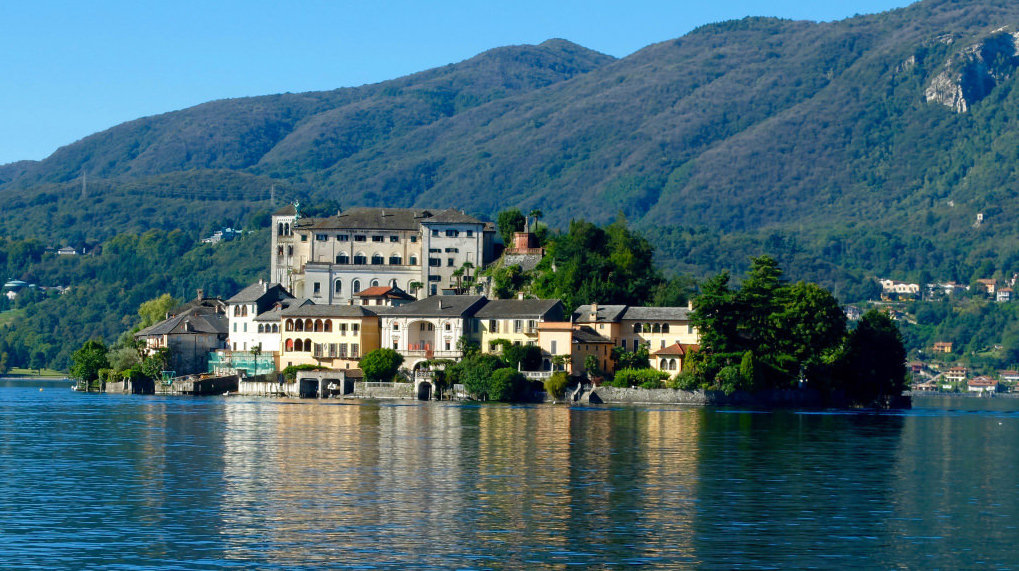
SOME PRACTICALITIES
Visit Lago d’Orta with Italian Tours:
Lago d’Orta is featured in two of our itineraries in 2018:
Milan and the Lakes tour (31 May -13 June 2018)
Tastes of Piedmont and Valle d’Aosta tour (3 – 16 October 2018)
Or you can visit Lago d’Orta on your own with these tips:
How to get there:
It’s not easy to get to Lago d’Orta with public transport, so your best option is to travel with your own car. The town of Orta San Giulio is about an hour and half from Milan or 30 minutes from Stresa on Lake Maggiore.
Where to stay:
The Hotel San Rocco is our pick of the hotels located on Orta San Giulio. Set on the lakeshore, all the superior rooms have wonderful lake views and the hotel terrace is a wonderful spot to enjoy an aperitivo or light dinner.
Where to eat:
Located in the centre of Orta San Giulio, Ristorante Venus has a wonderful terrace overlooking the lake.

